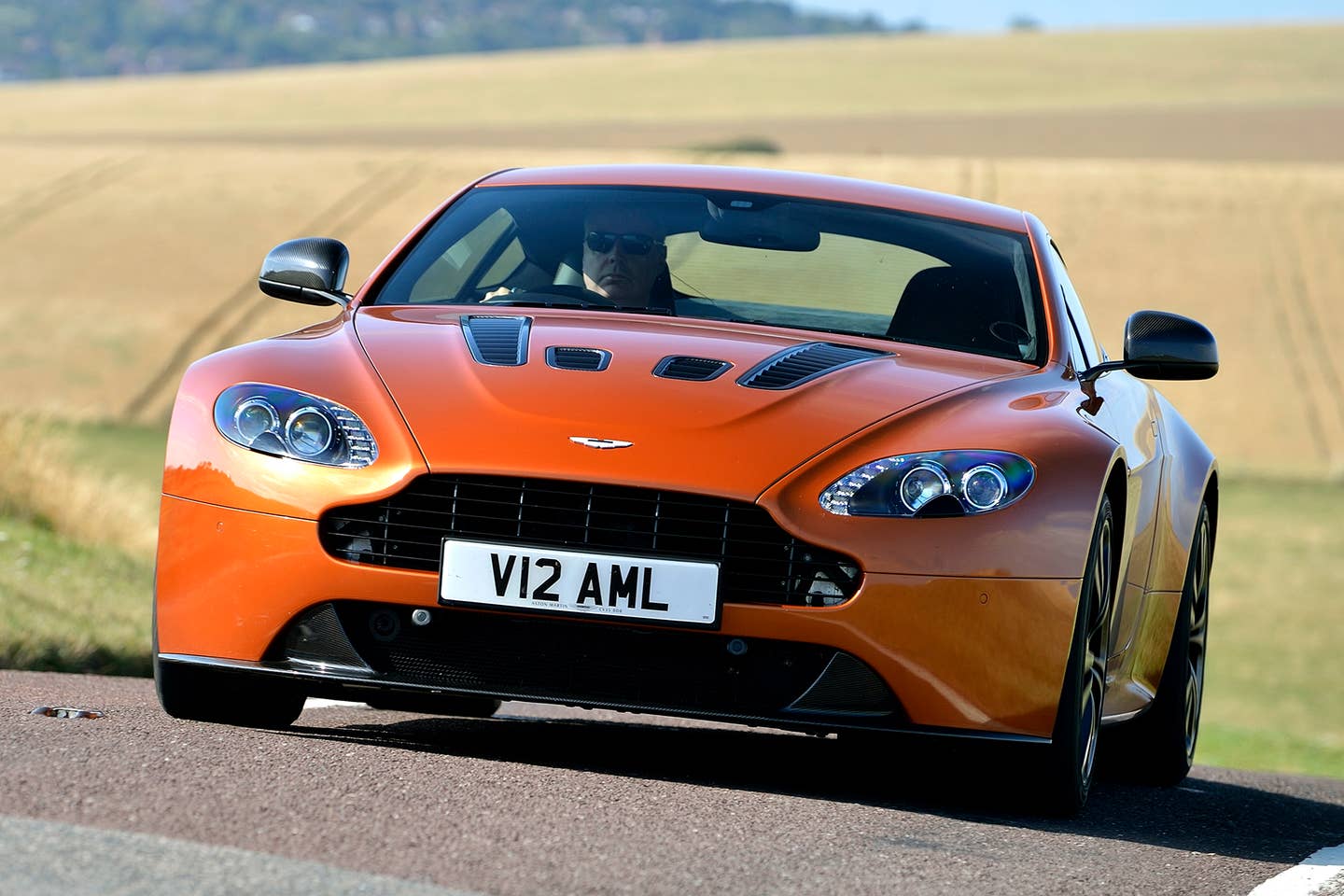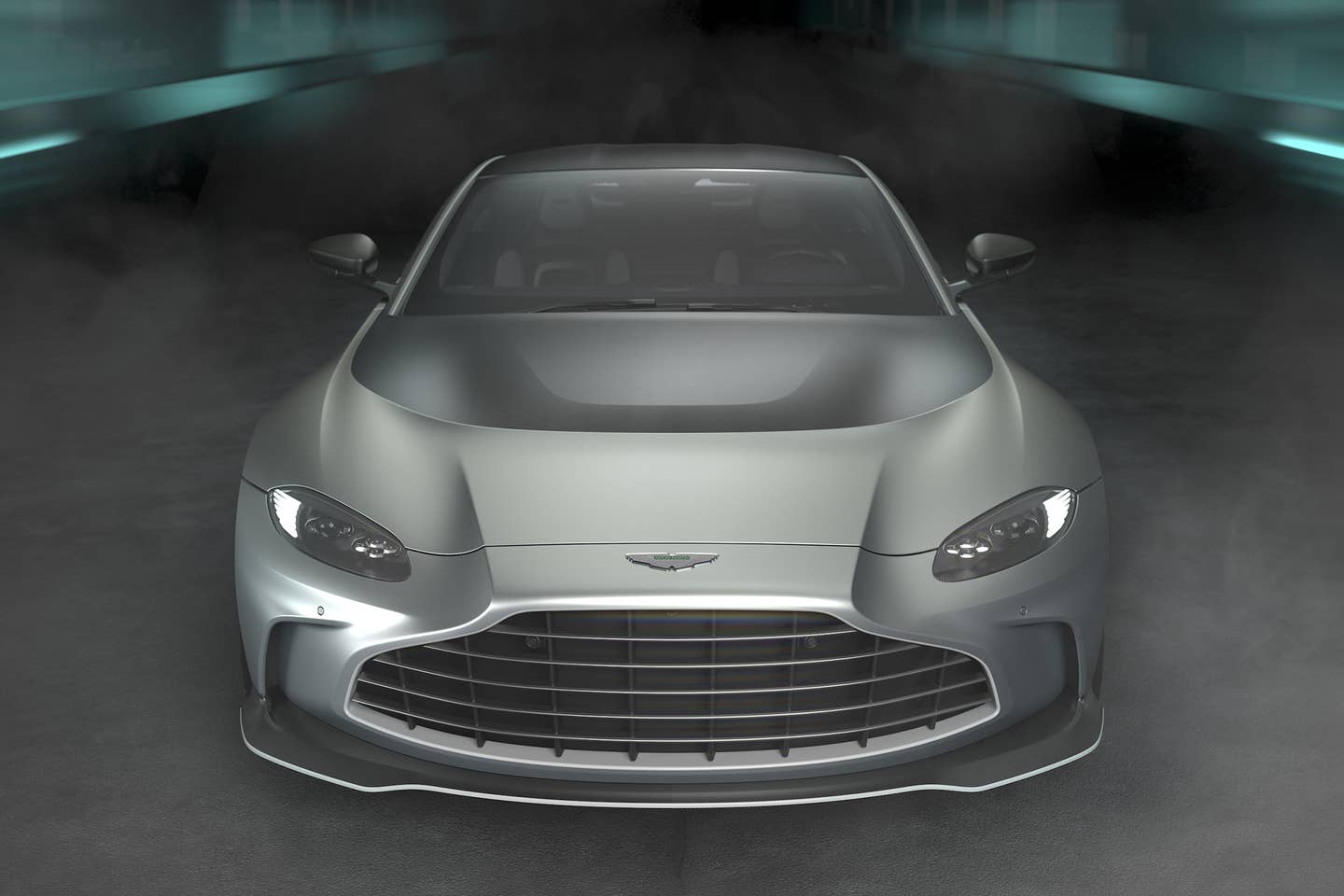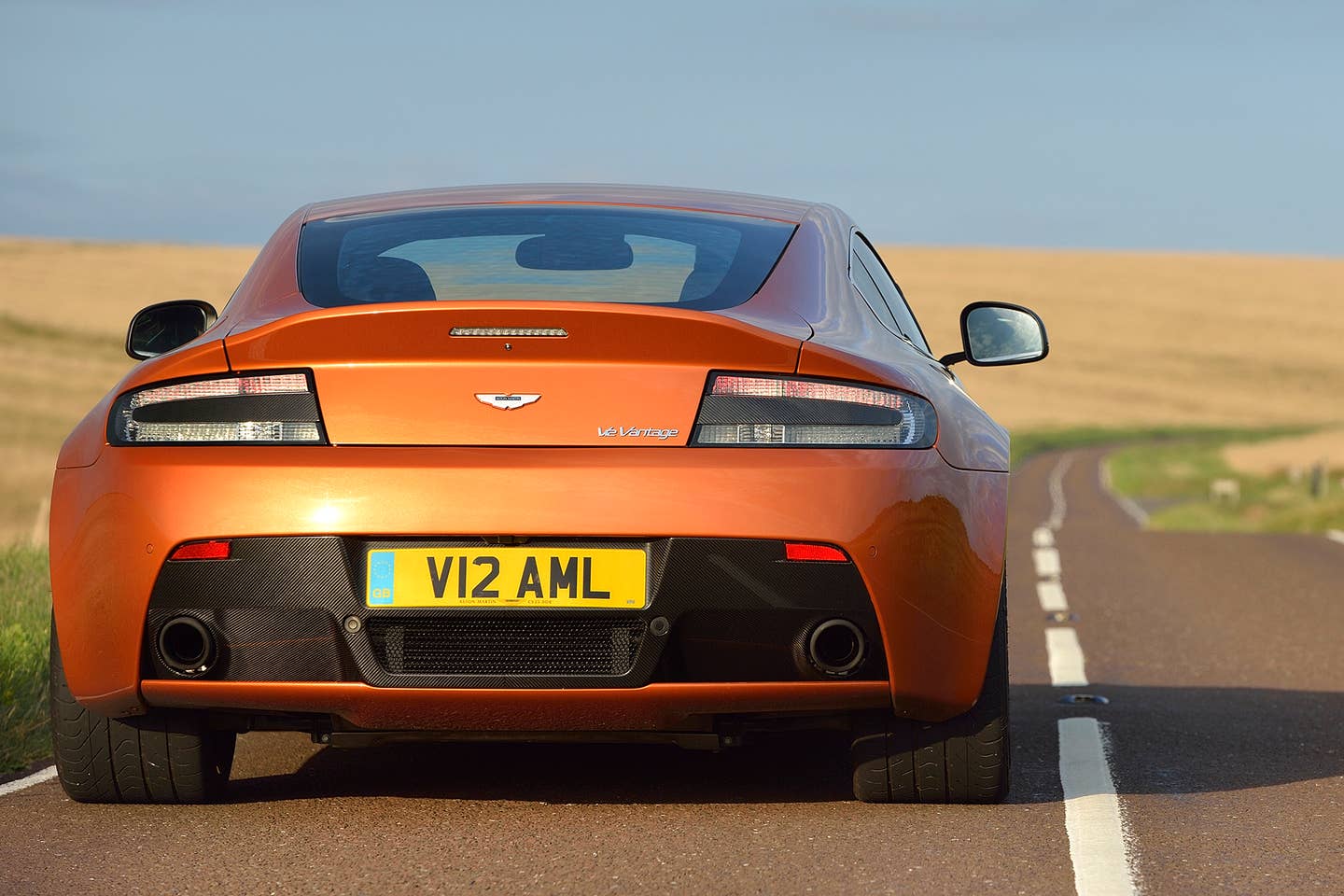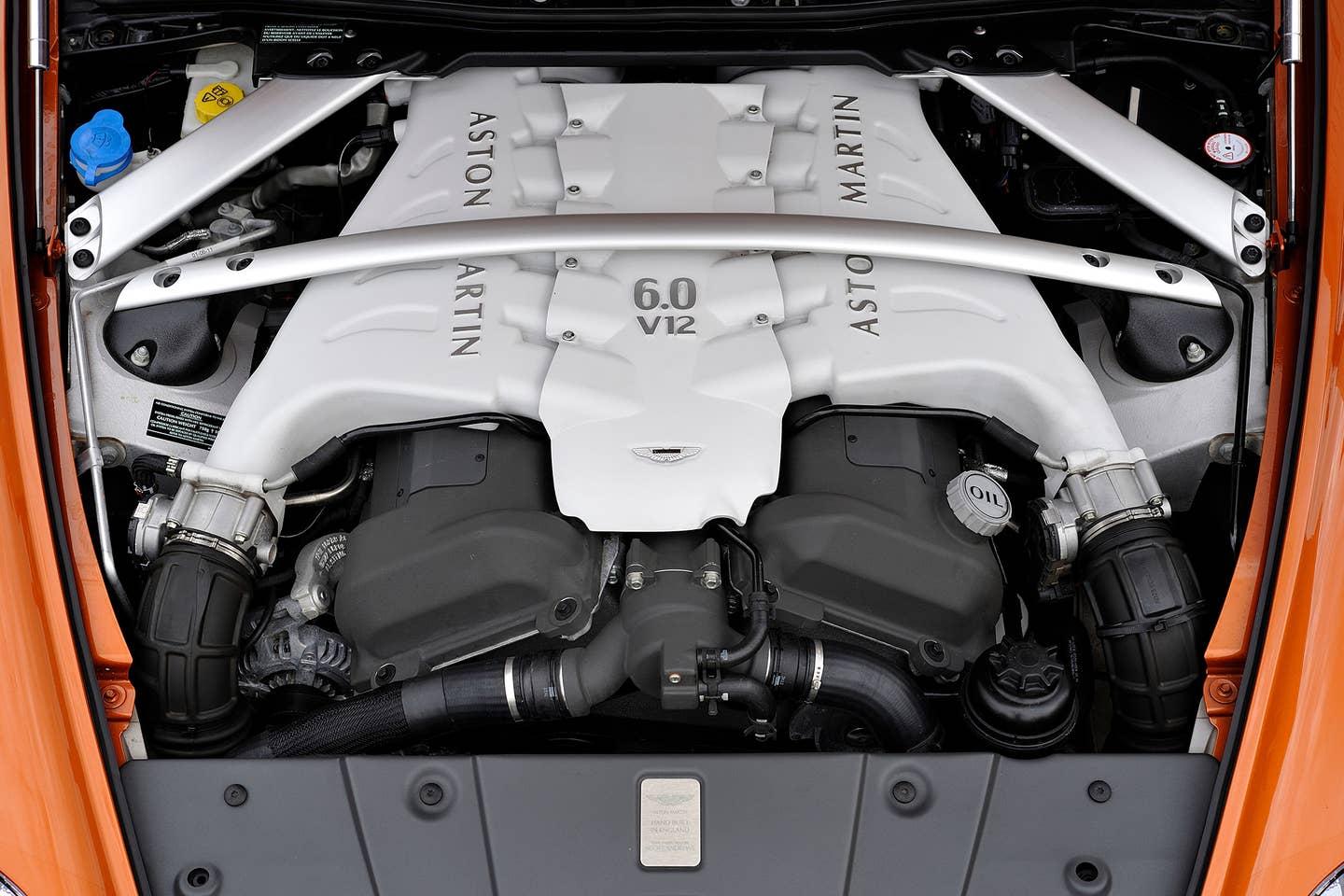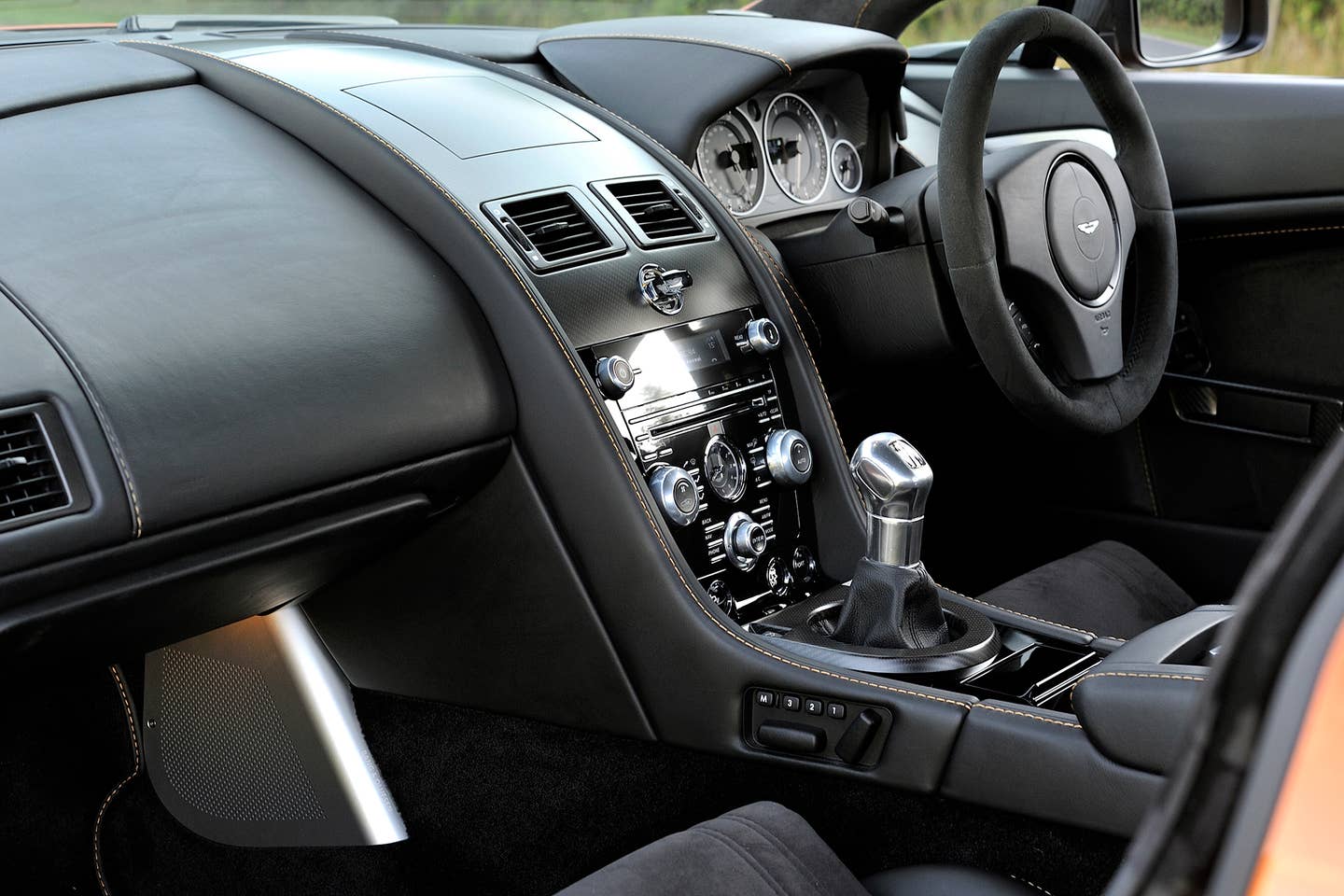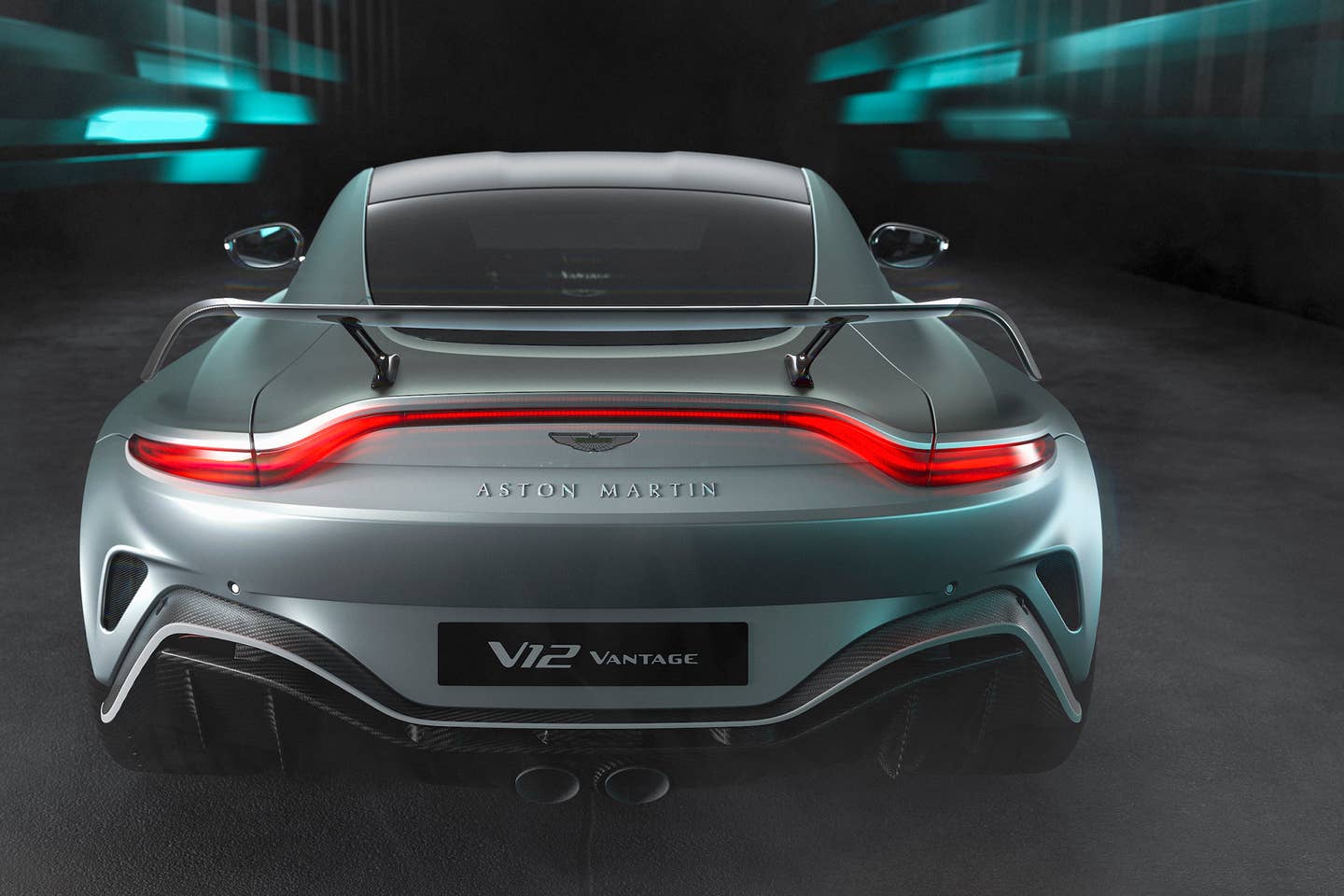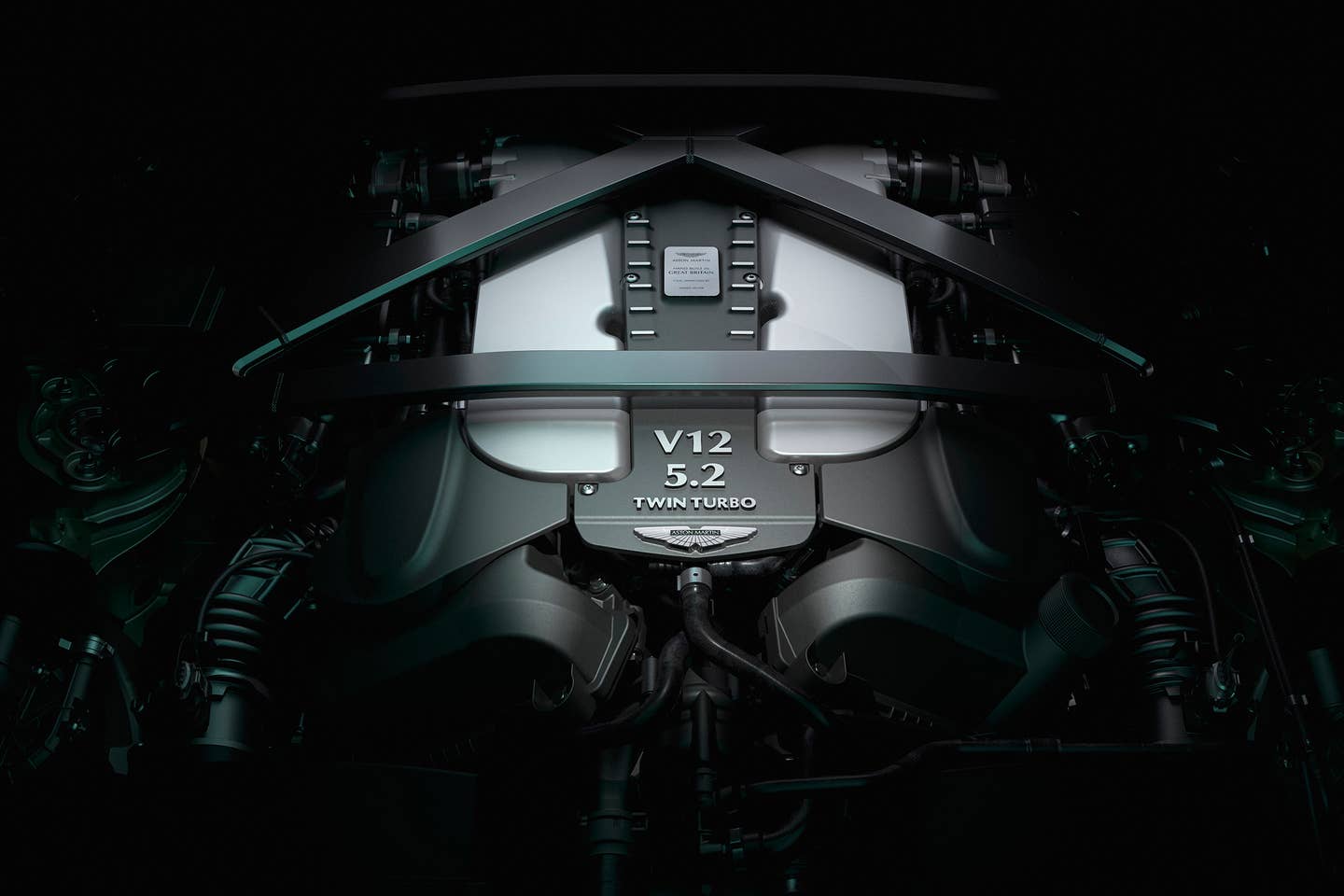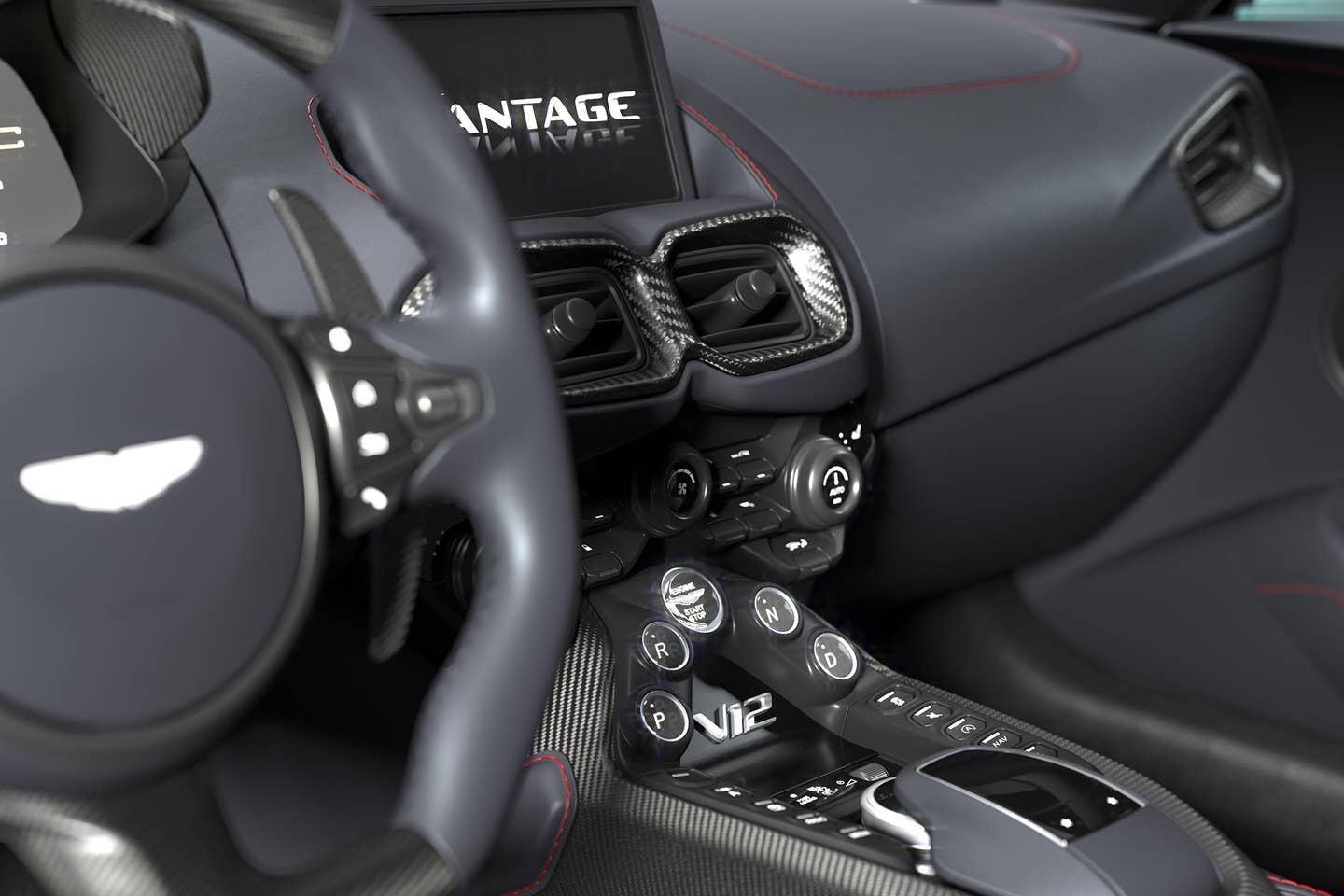Back on August 2, 2009, the final episode of the 13th season of Top Gear graced our screens. Jeremy Clarkson was at the wheel of a sleek Aston Martin V12 Vantage, cruising through the picturesque British countryside. It stands out as one of the most visually striking and memorable segments ever showcased on the show. During this segment, Clarkson mourned the alleged decline of vehicles like the V12 Aston Martins. However, this downfall did not materialize in 2009, nor in 2010, nor even in 2018. Fast forward to the present day, and here we have the 2023 Aston Martin V12 Vantage,
ultimately fulfilling Clarkson’s prophecy—but not quite as he had envisioned over a decade ago.
I vividly recall watching this clip as soon as it premiered. Following a season brimming with adrenaline-pumping action that included roaring engines, spectacular drifts, intense driving stunts, and plenty of shouting—episodes that featured Michael Schumacher as the Stig, a unique car-versus-Royal-Mail race, and a Lamborghini Murciélago LP 670-4 SV—the V12 Vantage film presented a stark contrast. It exuded a sense of tranquility and melancholy, featuring longer, contemplative shots, seamless transitions, and a more atmospheric soundtrack. Even the typically verbose Clarkson was unusually reserved, offering only a few poignant remarks.
But those few remarks carried immense weight.
“This is no ordinary Aston Martin Vantage; it’s powered by a V12 engine,” he remarked. “So, what can you expect? It’s exceptional. Absolutely marvelous.”
(There was a brief scene with CGI deer darting across the road after the car had passed, which struck me as somewhat excessive.)
Clarkson continued, “Yet, despite its brilliance, it evokes a sense of sadness in me. I can’t shake the feeling that, due to various factors—the environment, economic issues, conflicts in the Middle East, the ongoing crackdown on speed—vehicles like this will soon become relics of the past. It’s as if what I’m driving now symbolizes the end of an era.”
As he drove in silence for a few more moments, he bid farewell, thereby concluding the 13th season. It packed a powerful emotional punch.
During the release of this clip, I was in high school, so perhaps my awareness of current affairs was not as keen back then. Nevertheless, to my teenage self, the outlook appeared rather bleak. Australia was ablaze, the Iraq War had persisted for six years, the Great Recession had gripped the economy (albeit leading to a decrease in gas prices), and my dad faced a layoff. Cars—especially the majestic, soul-stirring ones like the V12 Astons—were my source of joy. The notion of their impending disappearance was truly disheartening.
Looking back, Clarkson fell short. Not entirely. Just on many fronts. (Who actually achieves the goal with these types of predictions, though?) It’s simple to worry about the decline of high-performance cars from the driver’s position of a V12 Vantage in 2009 while facing all that’s ahead—although I’m certain the “relentless battle against speed” was somewhat exaggerated, self-centered pessimism—but also because we truly had no clue about what would follow next.
In defense of Clarkson, he wasn’t precise when he mentioned, “cars like this.” So, did he refer to naturally aspirated supercars? Supercares in general? Because if he meant the former, he made a valid point. The successors to vehicles like the V10 M5, Porsche Carrera GT, Ferrari Enzo, Ferrari 458 Italia, Ford GT, and Lexus LFA all either moved to forced induction, hybrid powertrains, or were phased out completely. Today, only the Lamborghini Huracán, Lamborghini Aventador, and Audi R8 uphold the naturally aspirated essence of the late 2000s from which they originated.
Yet, when it comes to supercars in general? Absolutely not. The 2010s and subsequent years brought forth power and performance levels that had seemed unimaginable. The Aston Martin V12 Vantage persisted as the V12 Vantage S until 2018. The Ferrari LaFerrari, McLaren P1, Porsche 918 Spyder, Bugatti Chiron, Aston Martin Valhalla, and Mercedes-AMG Project One all made waves, not to mention the numerous 1,000-plus-horsepower electric cars that have already emerged or are on the horizon.
In 2009, the future of efficiency was uncertain. However, by downsizing engines, adding turbochargers, incorporating hybrid technology, or transitioning to full electrification, we have significantly reduced emissions and extracted astonishing levels of power from cars that were merely fantasies a decade ago. And more innovations are on the horizon.
The Aston Martin V12 Vantage defied Clarkson’s prediction of an early demise post-2009. It will not exit with a 6.0-liter, naturally aspirated, 517-hp V12. Instead, Aston Martin is giving it a fresh start with a 5.2-liter, twin-turbocharged, 690-hp V12 blast now—13 years later. And over that period, we have seen an abundance of evidence that technological advancements will ensure supercars remain prominent for the foreseeable future. The next 13 years hold endless possibilities. So, keep calm.
Have a suggestion? Send an email to kristen@thedrive.com.
